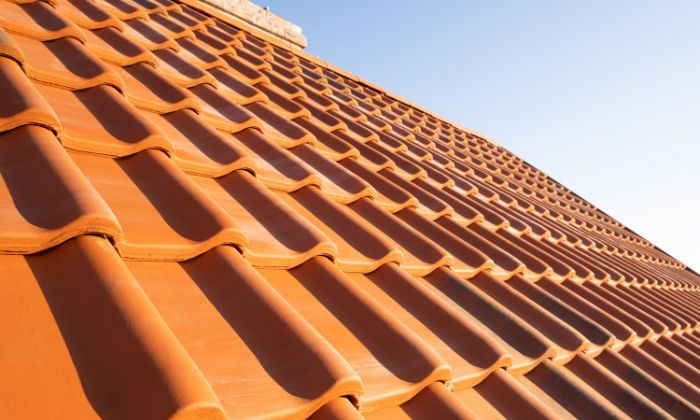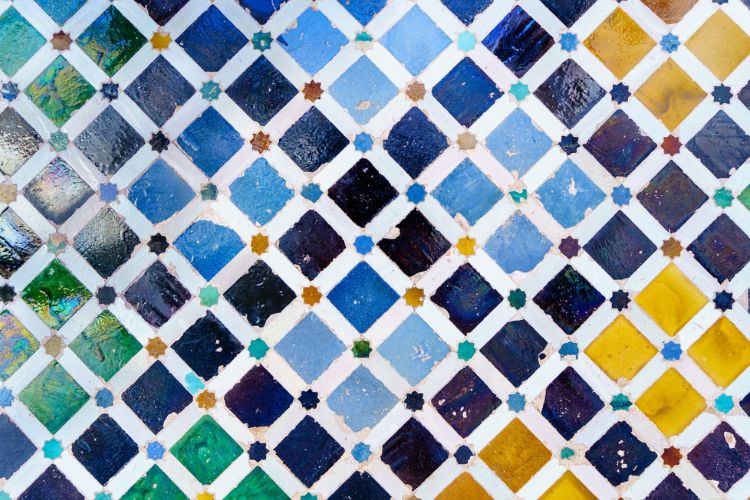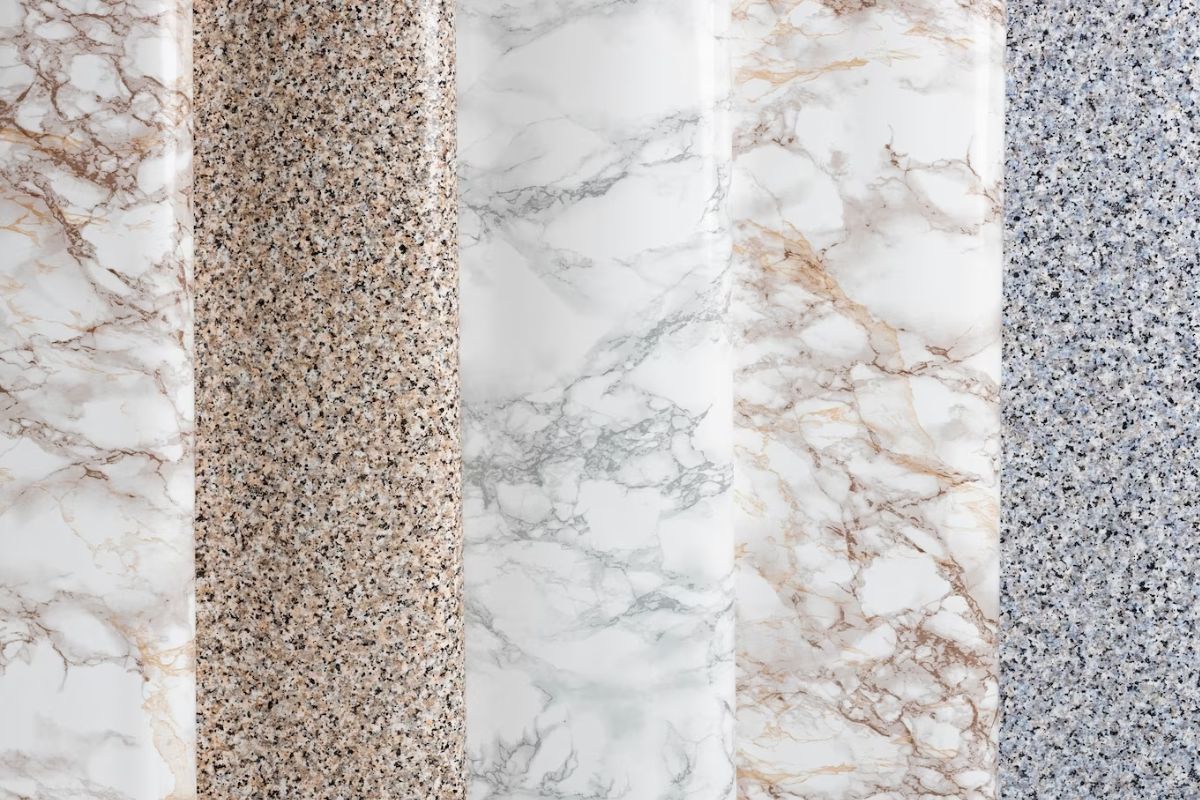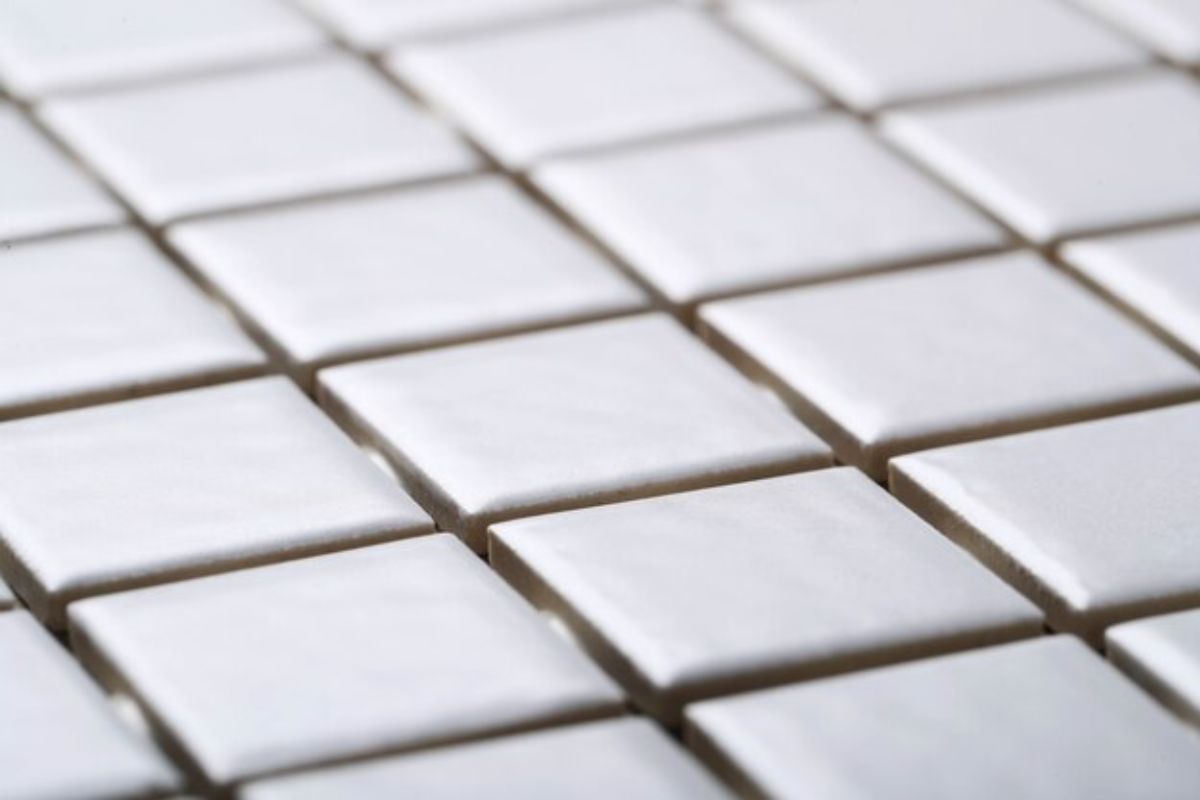Roof tiles, those overlapping pieces of hard-wearing material that adorn many homes, have a rich history, diverse variety, and significant role in modern architecture. In this comprehensive guide, we'll explore the fascinating world of roof tiles, their evolution, benefits, and the latest innovations.
The Historical Journey of Roof Tiles
Roof tiles have stood the test of time, tracing back to ancient civilizations. From the terracotta tiles of the Indus Valley Civilization to the iconic blue tiles of ancient Chinese pagodas, these materials have provided shelter and aesthetic appeal. They not only played a functional role but also became markers of cultural identity. For instance, the Mediterranean is often visualized with its iconic terracotta-tiled homes, symbolizing the sunny and coastal vibes of the region.
Types of Roof Tiles & Their Benefits
Today's market offers a plethora of tile options:
Clay Tiles:
- Traditionally red, they are known for their durability and can last for centuries with proper care.
Concrete Tiles:
- A more affordable option, they come in various colors and styles.
Metal Tiles:
- Lightweight and durable, they can mimic traditional tile designs.
Composite Tiles:
- Made from a mix of materials, they provide flexibility in design and function.
Slate Tiles:
- Elegant and long-lasting, they're perfect for those wanting a premium touch.
Each type comes with its unique set of benefits, catering to different architectural needs and climate conditions.
Roof Tiles for Diverse Climates
Climate plays a crucial role in tile selection. In areas with intense sun, reflective tiles help in bouncing back UV rays, ensuring homes remain cool. For regions with heavy rainfall or snow, it's essential to have tiles that offer excellent water resistance, preventing leaks and structural damage.
Aesthetics and Architecture
The choice of roof tiles can dramatically change the aesthetic appeal of a home. Slate tiles might evoke a sense of luxury, while terracotta tiles might lend a rustic charm. The tile's color, shape, and arrangement can harmonize with the home's overall architecture or provide a striking contrast.
Roof Tile Innovations
The roofing industry isn't static. As sustainability becomes a significant concern, eco-friendly roof tiles have emerged. Some tiles are now made from recycled materials, while others are designed as 'cool roofs,' reflecting more sunlight and absorbing less heat. Such innovations not only help homeowners save on energy bills but also contribute to a greener planet.
Installation and Maintenance
While roof tiles offer numerous benefits, proper installation is crucial. Incorrectly placed tiles can lead to leaks, reduced lifespan, and aesthetic discrepancies. Once installed, maintenance, though minimal, is vital. Regular inspections, especially after extreme weather conditions, and cleaning can help prolong the tile's life and keep them looking pristine.
Conclusion
Roof tiles, with their rich history and diverse options, remain a popular choice for homeowners around the world. Their blend of functionality, aesthetic appeal, and adaptability to various climates makes them an excellent choice. As with any home improvement decision, researching, understanding the local climate, and consulting with professionals can ensure that the chosen roof tiles serve their purpose beautifully for years to come.
back










